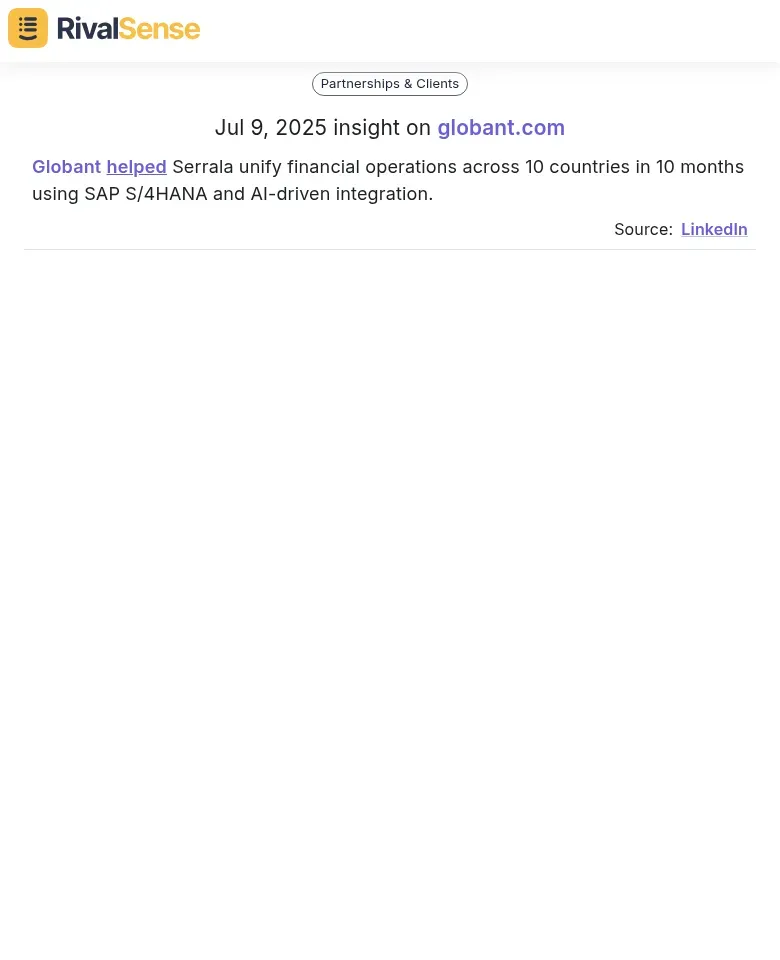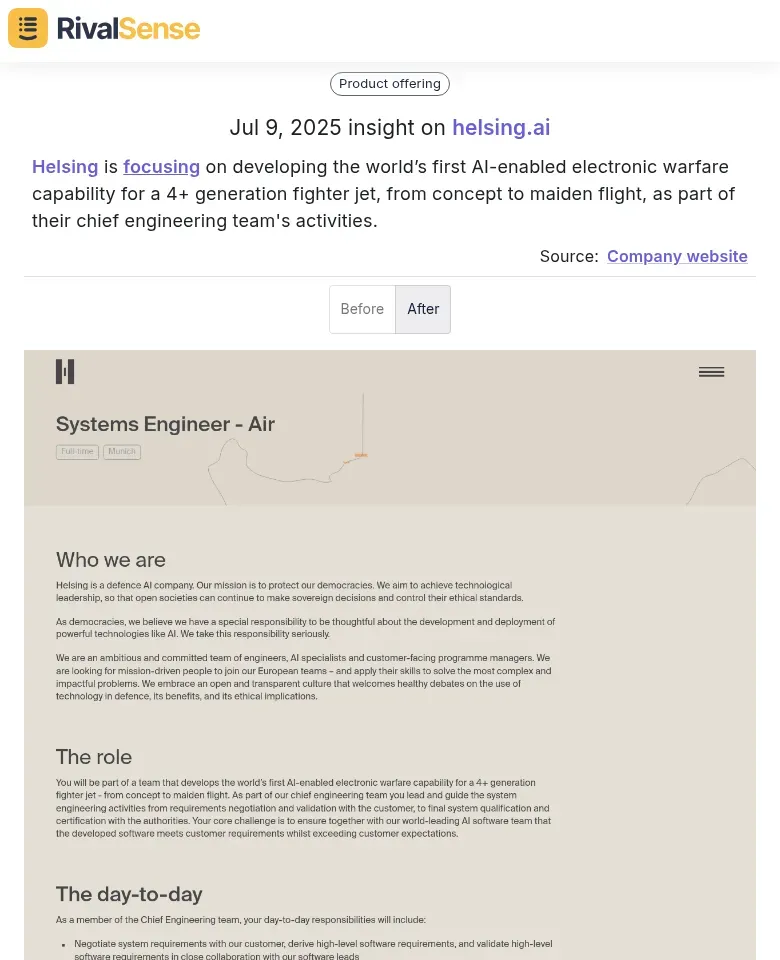Telehealth Training Programs: A Comparative Analysis Guide
Telehealth training programs are specialized educational initiatives designed to equip healthcare professionals with skills for remote care delivery. As telehealth becomes a cornerstone of modern healthcare, these programs ensure regulatory compliance, enhance patient outcomes, and build provider confidence in digital platforms. The growing demand—fueled by technology advancements and patient preferences—makes robust training essential for scalable healthcare solutions.
This comparative analysis guides healthcare leaders in evaluating programs through practical steps:
- Identify Your Needs: Pinpoint required skills and certifications
- Research Programs: Seek accredited options with proven success
- Compare Costs/ROI: Weigh fees against benefits like patient satisfaction
- Check Flexibility: Prioritize modular or on-demand learning
- Seek Feedback: Consult peer reviews for effectiveness insights
Implementing this framework helps select programs aligned with strategic goals.
Key Components of Effective Telehealth Training Programs
Exceptional training programs blend foundational skills with hands-on technology practice. Core elements include patient communication, digital literacy, and regulatory compliance, ensuring providers navigate virtual care confidently. To build comprehensive programs, integrate these actionable components:
- 📋 Skills Development Checklist:
- Empathetic digital communication
- Telehealth platform proficiency
- HIPAA/legal compliance navigation
- 💻 Technology Integration:
- Use EHR/video tools in live simulations
- Update materials quarterly for tech trends
- Provide sandbox environments for safe practice
- 🎓 Assessment & Certification:
- Multi-stage evaluations (quizzes, patient simulations)
- Standardized rubrics for consistency
- Credible certification upon completion
This holistic approach ensures industry-standard readiness.
Comparative Analysis of Leading Telehealth Training Programs
Choosing the right program demands systematic comparison across critical dimensions. Key criteria include curriculum depth, cost efficiency, and time commitment—factors directly impacting organizational ROI. Use this framework to evaluate options:
| Program | Curriculum | Cost | Duration | Strengths | Weaknesses |
|---|---|---|---|---|---|
| Program A | Clinical applications focus | $1,200 | 6 weeks | High-quality instructors | Limited financial aid |
| Program B | Core fundamentals | $800 | 4 weeks | Flexible scheduling | Minimal hands-on training |
| Program C | Advanced + mentorship | $2,000 | 8 weeks | Career support | Premium pricing |
✅ Practical Comparison Checklist:
- Verify accreditation status
- Analyze syllabi for emerging topics (e.g., AI integration)
- Attend trial sessions
- Contact alumni for firsthand feedback
Prioritize programs balancing comprehensiveness with operational flexibility.
Case Studies: Success Stories and Lessons Learned
Real-world implementations reveal how telehealth training drives tangible outcomes. A rural hospital overcame staff tech hesitancy through phased training—starting with digital literacy before advancing to remote monitoring. Result? 40% higher telehealth adoption and expanded rural access. Another health system standardized modules across departments using completion incentives, achieving uniform proficiency and better interdisciplinary collaboration.
🔑 Key Implementation Takeaways:
- Start small: Pilot with engaged teams
- Democratize tech access: Offer 1:1 troubleshooting
- Measure continuously: Track adoption rates & patient feedback
- Iterate aggressively: Update content quarterly
These cases prove structured training bridges care-delivery gaps effectively.
Leveraging Competitive Intelligence for Strategic Advantage
Monitoring industry movements provides actionable insights for telehealth strategy refinement. Tracking competitor partnerships, R&D focus, and product launches reveals market gaps and innovation opportunities. For example:
-
Globant-Serrala Partnership:

Globant unified Serrala's financial operations across 10 countries via SAP S/4HANA and AI. Strategic value: Partnership tracking identifies collaboration models for scaling training across regions. -
Helsing's AI-Enabled Defense Tech:

Helsing developed AI electronic warfare for fighter jets. Strategic value: R&D monitoring highlights emerging AI applications for telehealth simulations. -
Wipro Innovation Network:

Wipro launched AI-powered co-innovation hubs. Strategic value: Product launch alerts signal market shifts, prompting curriculum updates in frontier technologies.
These insights, sourced from RivalSense competitor tracking, enable proactive strategy pivots.
Future Trends in Telehealth Training
Emerging technologies will revolutionize how professionals train for virtual care. VR/AR will enable immersive medical scenario simulations, while AI personalizes learning paths by diagnosing skill gaps in real-time. Gamification and microlearning will dominate, making training engaging for time-constrained clinicians.
🚀 Adoption Checklist:
- Pilot VR tools for complex procedure training
- Implement AI platforms for adaptive learning
- Embed game mechanics (badges, leaderboards)
- Develop 5-minute micro-modules for on-demand access
- Explore blockchain for credential verification
- Join tech-education consortiums
Staying ahead requires embedding these innovations early.
Conclusion and Recommendations
Effective telehealth training balances accredited curricula, hands-on practice, and strategic alignment. Prioritize programs offering mentorship, flexible scheduling, and post-completion support to maximize ROI. As AI and immersive tech reshape training, continuous adaptation becomes non-negotiable.
🔍 Final Selection Checklist:
- [ ] Accreditation verification
- [ ] Curriculum relevance assessment
- [ ] Hands-on experience opportunities
- [ ] Scheduling flexibility
- [ ] Post-training support
Ready to outpace competitors? Try RivalSense for free at https://rivalsense.co/ to track telehealth innovations, partnerships, and regulatory shifts—get your first competitor report today!
📚 Read more
👉 How Veriff's Fraud Insight Spurred Competitor Strategy Shifts
👉 Boost Productivity with Actionable Competitor Insights
👉 Predictive Analysis for Anime Platforms' Competitor Investor Trends
👉 Unlock Strategic Wins: How to Gain Competitor Insights from Event Participation
👉 Why Vincent Olmo's Swarovski Appointment Demands Your Attention
